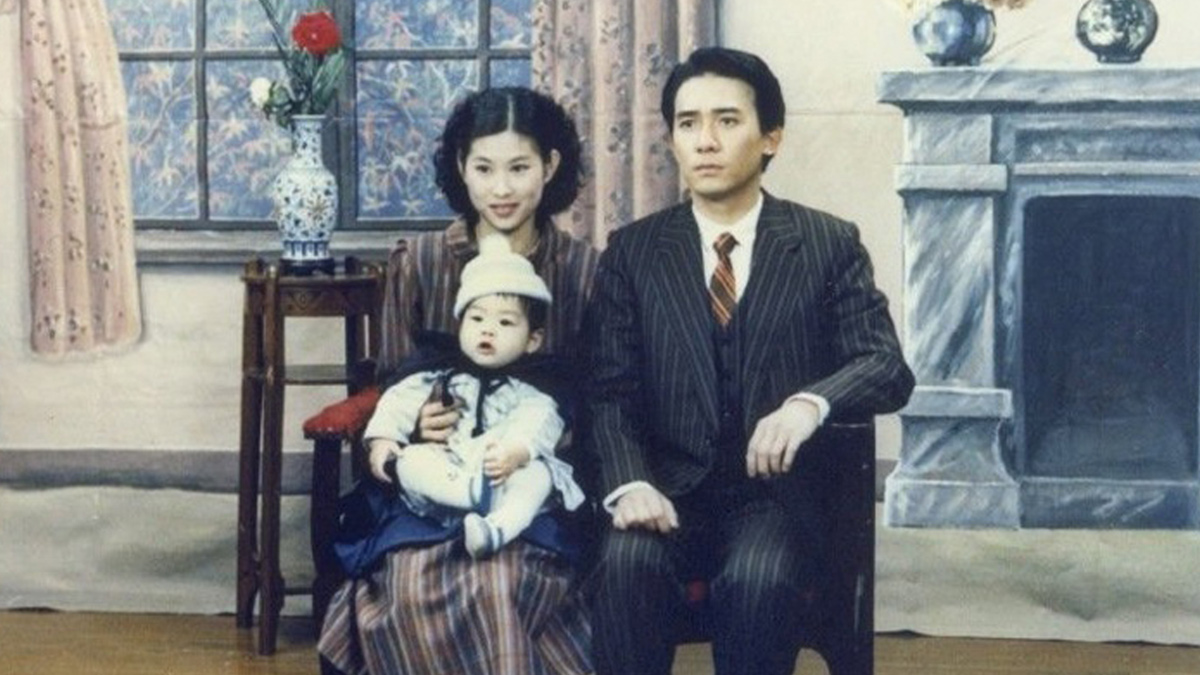
(C) Pia Co., Ltd.
“A City of Sadness” is an early collection of Hou Hsiao-hsien’s records of historical events in Taiwan.
2021.04.21
“A City of Sadness” synopsis
From August 15, 1945, the day Taiwan was liberated from 51 years of Japanese rule, to the 1947 February 28 Incident, in which people from mainland China fought against foreign residents, Taiwan is told through the changes of one family. A taiga drama depicting the turbulent times of Japan.
Index
- Hou Hsiao-hsien, who learned filmmaking by instinct
- "A City of Sadness" was the culmination of Hou Hsiao-hsien's early work.
- The first Taiwanese film depicting the February 28 Incident.
- Shooting style that uses many fixed shots and long takes
- The end of Taiwanese new cinema
Hou Hsiao-hsien, who learned filmmaking by instinct
The other day, a book called ``Hou Hsiao-hsien and My Taiwanese New Cinema'' was published. The author is Chu Tianwen, a Taiwanese novelist and screenwriter. It was in 1982 that Chu Tianwen met Taiwan's now-representative master director. It all started when Hou Hsiao-hsien offered to co-write the screenplay to adapt a novel she had written into a film. The two met at a coffee shop in Taipei and wrote the screenplay for ``Boy'' (directed by Chen Kun-ho, 1983) based on a novel by Zhu Tianwen, and went on to make 18 films together.
Zhu Tianwen said that Hou Hsiao-hsien was someone who ``started making movies without knowing the techniques of making movies.'' ``He first created based on his instincts, and then he gradually learned how to refine his artistic sense, making each work richer over time.'' Unlike his peers, such as Edward Yang, who studied film abroad and began producing in Taiwan, he jumped into the domestic film industry without knowing anything and began to develop his talent as a writer from scratch. He is a filmmaker named Hou Hsiao-hsien.
In fact, if you look at Hou Hsiao-hsien's early works one after another, you can clearly see how his style has become more refined and sharpened with each work. His directorial debut, ``Suteki na Kanojo'' (1980), followed by `` Kaze ga Odoru '' (1981), were romantic comedies starring two popular idols at the time and using plenty of popular songs. The omnibus film `` Boy's Doll '' (1983), which he produced shortly after that, is known as the work that heralded the beginning of Taiwan's new cinema. and the autobiographical work `` The Boy in the Wind Chest '' (1983). The director himself admits that this film established Hou Hsiao-hsien's style.
"A City of Sadness" was the culmination of Hou Hsiao-hsien's early work.

